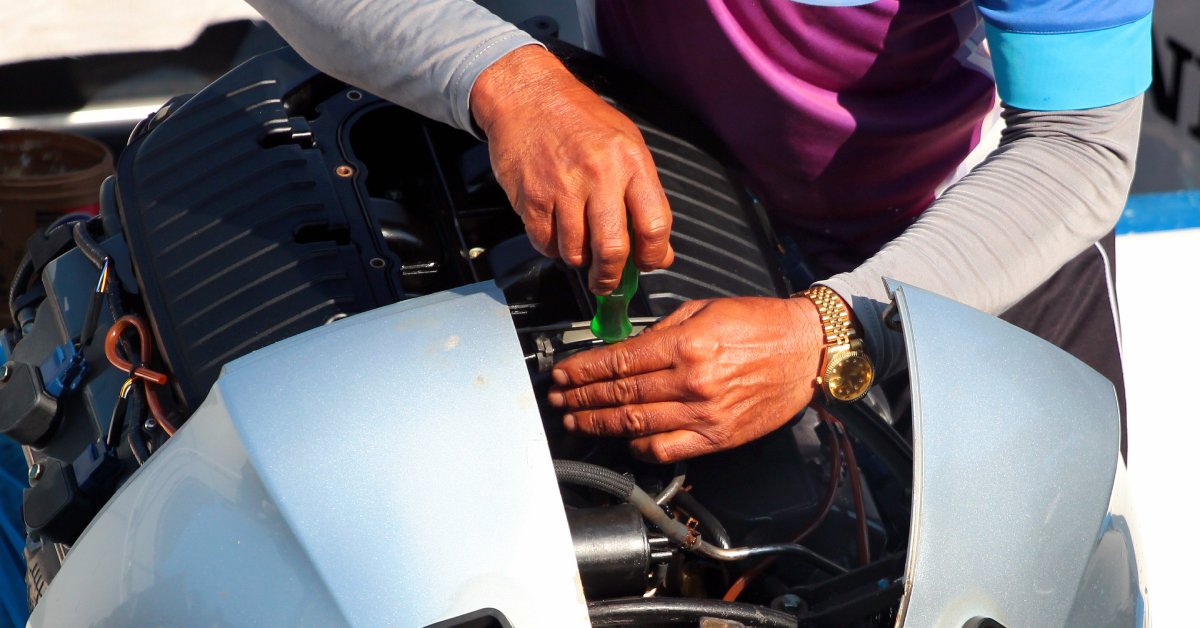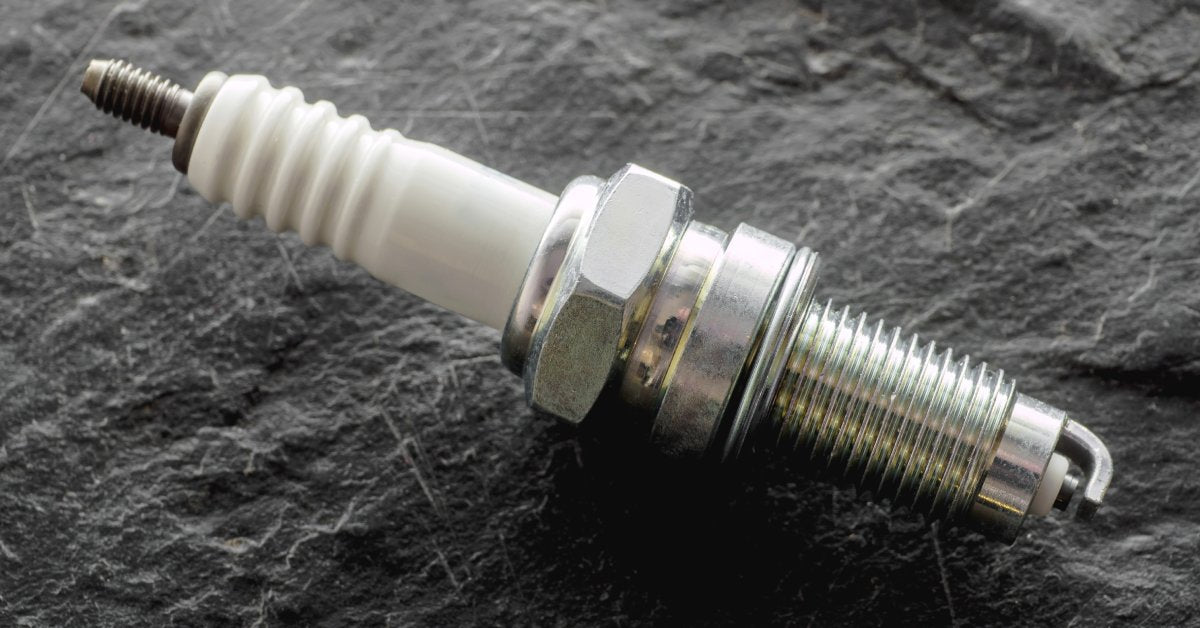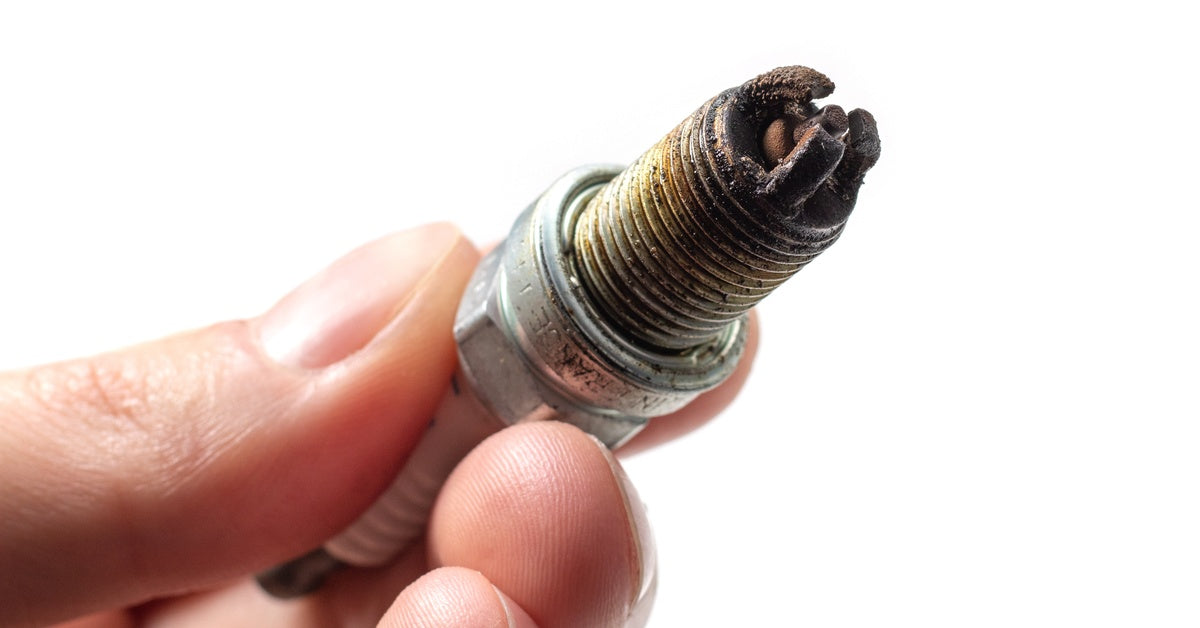
A broken spark plug in your boat engine can quickly turn a day on the water into a frustrating ordeal. Left unchecked, it can hurt your engine’s performance and lead to costly repairs down the line. But don’t worry—fixing it is one of the simpler watercraft maintenance tasks.
Whether you’re well experienced or still finding your sea legs, tackling this issue with the right approach can save you from more trouble. This guide will show you how to safely remove a broken spark plug and get your boat engine back in top shape, so you can focus on enjoying your time on the water.
Tools You’ll Need Before Getting Started
- Ratchet with the correct spark plug socket
- Pliers (needle-nose recommended)
- Penetrating oil (like WD-40)
- Screw extractor or spark plug extractor tool
- Compressed air or a vacuum
- Anti-seize compound (optional for reinstallation)
Having these tools handy will help you stay focused and make the process more efficient.
Special Considerations
Engines in watercraft are designed differently than car engines. They are built for compact spaces and to withstand exposure to moisture and water. This environment can lead to faster corrosion or spark plug seizing, making it vital to have penetrating oil and anti-seize compounds on hand. Additionally, watercraft engines may require marine-grade tools or coatings to prevent deterioration.
When working on these types of engines, use the tools designed for tight spaces, as access may be limited. Compressed air or a vacuum is helpful for clearing gunk around the spark plug hole. Also, check your owner’s manual for any recommendations, as marine engines often have unique requirements.
Turn Off the Engine and Allow Cooling
Allow the engine to completely cool after turning it off. Handling a hot engine can cause burns and affect the removal process. Plan to work after letting the boat sit idle for at least an hour or two if recently in use.
Access the Spark Plug Area

Locate and access the spark plug area on your boat engine. Typically, the spark plugs are positioned on the side or top of the engine. Check your manual for guidance, as placements may vary. Remove any protective covers or panels to expose the plugs.
Clean Around the Spark Plug
Before you try to remove the broken spark plug, clean the area around it. Use compressed air or a vacuum to remove any dirt and debris. This prevents contaminants from falling into the engine cylinder when the spark plug is extracted.
Apply Penetrating Oil
Loosening a stuck spark plug may require lubrication. Spray the area with a penetrating oil like WD-40, and allow it to sit for 10-15 minutes. The oil helps loosen rust, grime, or corrosion that keeps the part stuck.
Use a Socket Wrench To Loosen the Plug
Once the penetrating oil has done its job, fit a ratchet with the proper spark plug socket on to it. Turn counterclockwise to loosen it up. If the base of the spark plug is intact, this step may work without more tools. Proceed carefully to avoid damaging the surrounding threads.
Extract the Broken Piece With Pliers
If the spark plug snapped during removal, use needle-nose pliers to remove the remaining piece. Grip firmly and pull it out steadily so you don’t drop it into the cylinder. If only the center ceramic piece has broken but the outer shell remains, move to the next step.
Use a Screw Extractor
A screw extractor tool can be helpful for tougher breakages, especially when only the threaded shell is left. Insert the extractor gently into the shell, then turn it counterclockwise. The tool’s design grips the broken shell, allowing you to remove it without damaging the inner threads of the engine.
Check for Cylinder Debris
After removing the broken spark plug, inspect the cylinder for any leftover debris. Even small particles can cause engine issues. Use compressed air to blow out the cylinder or carefully vacuum out any fragments. Take your time with this step to avoid new complications.
Inspect and Prepare for Reinstallation

Inspect the spark plug threads and check for any damage caused during removal. If the threads are roughened, you may need to rethread the hole using a tap-and-die set. Apply a light layer of anti-seize compound to the threads on the new plugs to ease future removals and prevent corrosion.
Install the New Spark Plug
Carefully screw in the replacement spark plug by hand until it’s seated, then tighten it with a spark plug socket and ratchet. Avoid overtightening, as this can lead to issues the next time you need to remove the plug. Double-check that the fit is secure and properly aligned.
Test the Engine
Finally, start the engine and observe its performance. Listen for any unusual noises and ascertain that the engine runs normally. A properly installed watercraft spark plug should restore your boat’s functionality immediately.
RPMs should remain steady at both idle and during acceleration. Also, check to confirm that the exhaust color is normal and that there isn’t excessive smoke. If the engine struggles or misfires, double-check the spark plug installation and connections.
Preventative Tips
A spark plug can break due to improper installation, corrosion, or excessive engine vibration. To avoid this issue, regularly inspect your spark plugs and replace them as recommended by the manufacturer.
Always choose high-quality spark plugs that match your specific boat engine model. Apply a small amount of anti-seize compound to prevent corrosion. Taking care of your boat’s spark plugs can help extend their lifespan and lower the chance of unexpected repairs while you're out on the water.
Seek Advice From Professionals
For anyone still unsure about handling this process on their own, E3 Spark Plugs provides support for marine maintenance. Our expert advice can help you avoid common pitfalls of DIY repairs while keeping your engine in excellent condition.
We specialize in troubleshooting engine issues and finding the right product for your needs. With our help, your vessel can run perfectly for every adventure.
Smooth Sailing Ahead
Removing broken spark plugs from your boat engine may seem intimidating, but following these steps makes it a manageable task. With the right tools and careful attention, you can safely replace the plugs and get your boat back in action.
Maintenance is essential for long-term performance, so don’t wait to address spark plug issues when they arise. By staying proactive, you’ll save time and enjoy more days out on the water.







